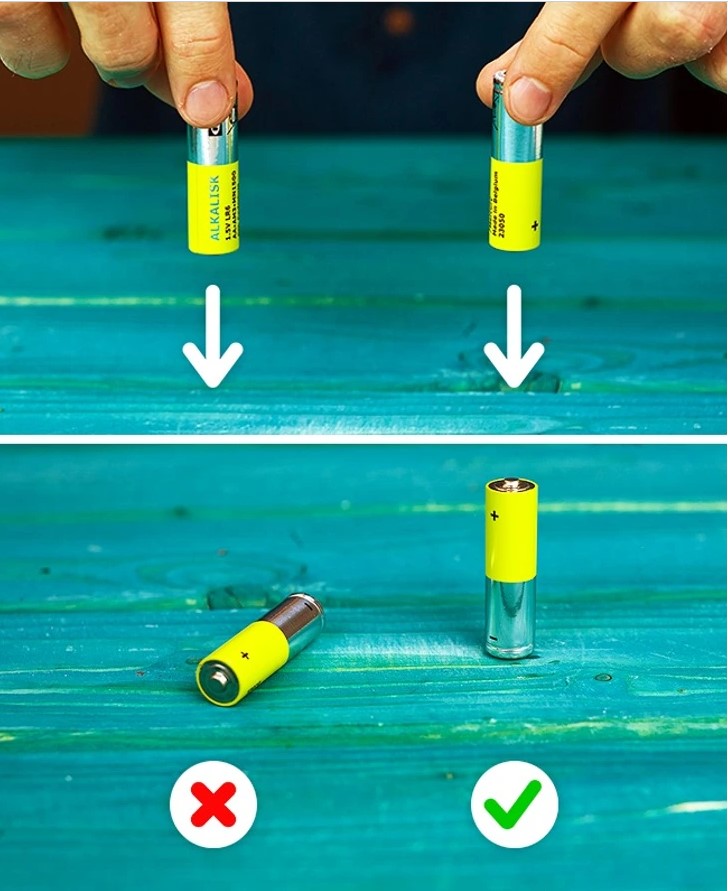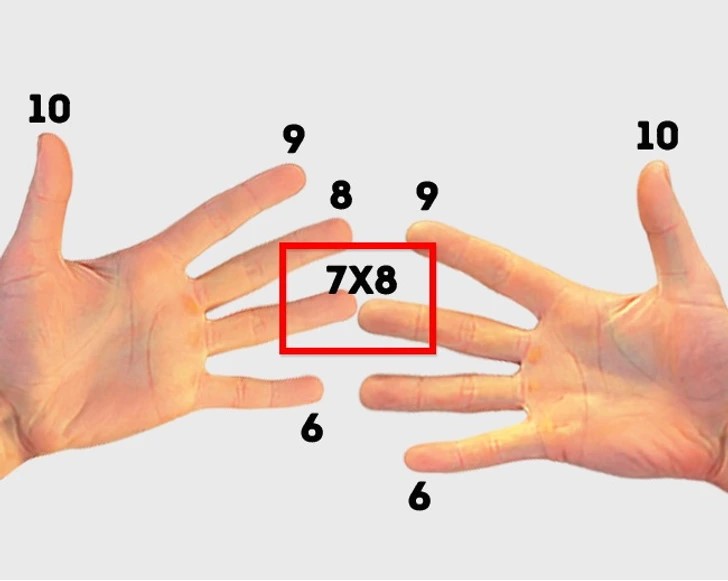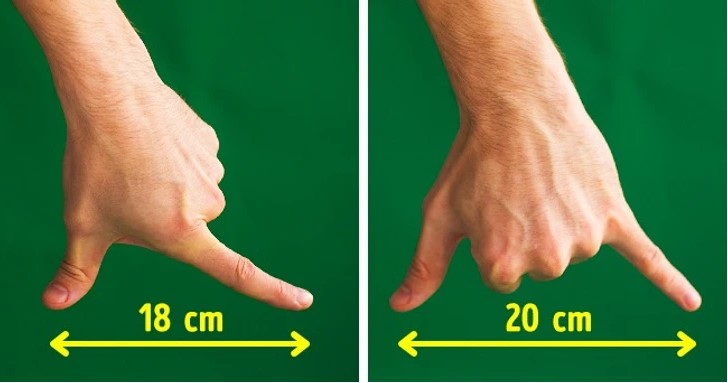Newer is not always better; sometimes it’s just newer. Some little tips and tricks have been around for years, sometimes even taught in school, to help people remember facts.
For those who struggle with “Which month has how many days?” or “Is it ie or ei?” the 12 old-school tips below may be of great help to you. Check them out and see if any of these ring a bell.
1. Good battery or bad battery?
Do you ever find a loose battery in the house and wonder if it’s any good? Drop a battery onto a flat, hard surface from one to two cm in the air. If it bounces and falls, it’s a dud. If it lands upright, it’s a winner!

2. Finding south.
In case you ever get lost and don’t have a compass or smart phone with GPS that works, don’t despair. As long as you have an analog watch and can see the sun, you can figure out the directions. Place the watch flat on your palm with the hour hand pointing to the sun. Find a toothpick or piece of grass and place it across the face of the watch between the hour hand and 12. The end of the toothpick or grass that is closest to the 12 should be pointing due south.
3. Remembering Roman numeral values.
Most people know what I, V and X mean in Roman numerals, but you get much beyond that, and the letters look like just that — letters. An old-school mnemonic device to help people remember the values goes like this, “My Dear Cat Loves Xtra Vitamins Intensely.” The first letter of each word is a Roman numeral, and they appear in descending order starting with 1,000 and ending with 1 like so:
M (1,000)
D (500)
C (100)
L (50)
X (10)
V (5)
I (1)

4. Multiplying by 11.
Multiplication tables can throw students for fits. An old-school trick for 11s is that multiplying 11 with any number from 1 to 9, gives you an answer that doubles the number that was multiplied.
5. Waxing and waning moon.

Are you trying to keep the waxing and waning moon straight? The waning moon looks like a C and the waxing moon looks like a D.
6. I before e, or e before i?
For words that have i and e in them together, there is a saying to help you keep straight which comes first, the i or the e. “I before e, except after c; and in words that say a as in neighbor and weigh.”
7. Time till sunset.

If you need a quick estimate of how much time you have before sunset, place your fingers under the sun. However many fingers it takes to fill the space between the sun and horizon, count. Then multiply the number of fingers by 15 (for 15 minutes). This gives you how much time you have.
8. Disinfecting.
In order to disinfect anything made of material or sponge, the old-school way, according to Modern Blogger Pro, is simply to boil it for 10 minutes.
9. Months with 31 days.

How many days are in September? You have two choices for figuring it out. First, consider using your knuckles on your hands. Start with the knuckle for your forefinger as January. The valley between the forefinger and the middle finger is February. Keep rotating between knuckles and valleys. The knuckles are the months with 31 days and the valleys are 30. If that is a little complicated, you can go with the saying, “Thirty days hath September, April, June, and November. All the rest have 31.”
10. Hand for degrees.

If you need a quick reference guide for degrees, you can use your hand. You can take you hand and form a 90-degree angle from the thumb to pinkie. If you spread the fingers out just slightly, then you have from pinky to ring finger 30 degrees, pinkie to middle finger 45 degrees and pinkie to forefinger 60 degrees.
11. Multiplication on fingers

Usually, children quickly remember the multiplication of small numbers, but they have difficulties with the numbers 6, 7, 8, and 9. To help your child with this, teach them a simple trick.
Turn your palms to your face. Number each finger, starting with the little finger, from 6 to 10. Now, for example, to multiply 7 by 8, connect finger #7 on the left hand with finger #8 on the right. The number of fingers at the bottom, counting along with the connected ones, means tens (we got 5 of them). As for the fingers located at the top, you need to multiply them among themselves — they mean units (in our case, multiply 3 by 2). Answer: 7×8 = 56.
In this way, you can quickly multiply by 6, 7, and 8.

To multiply by 9, straighten your fingers, and put your hands on a table with your palms down. Now, to multiply any number by 9, just bend the corresponding finger. Fingers “before“ mean tens, ”after“ — units. For example, to multiply 7 by 9, bend the 7th finger. 6 fingers remain “before” and 3 ”after.” We get the answer: 7×9 = 63.
12. Length

If you need to approximately measure an object but there’s no ruler at hand, you can use the fingers of one hand. In accordance with the average human proportions, the distance between the tips of the thumb and forefinger is about 18 cm (7″), and the distance between the thumb and little finger is about 20 cm (7.87″).
Of course, this method isn’t absolutely accurate because each of us has a different hand size. Yet it can be useful if you need to measure a large object with a small ruler: just measure the distance between your fingers in advance.
With some many helpful ways to remember these tidbits, life just got a little easier. Yes, having smartphones means that all this knowledge is always at your fingertips; but when you can’t get a signal, knowing how to do it the old-fashioned way can still come in handy.
Source: Remedy Daily; Brightside





